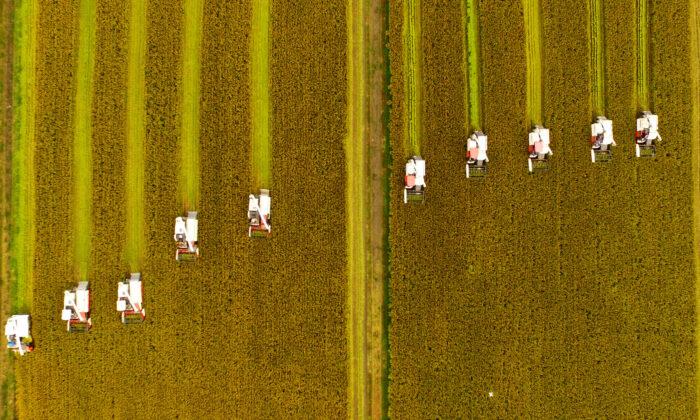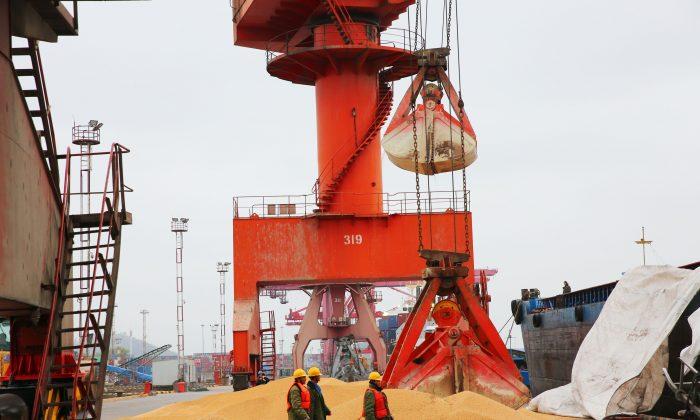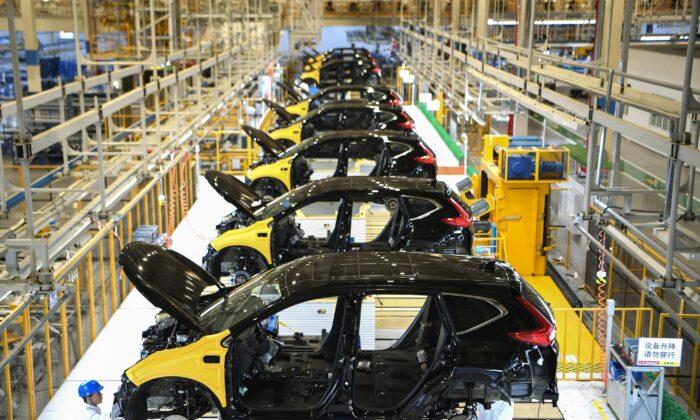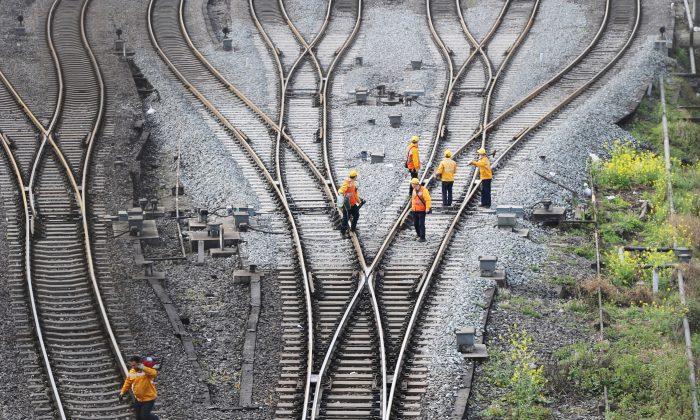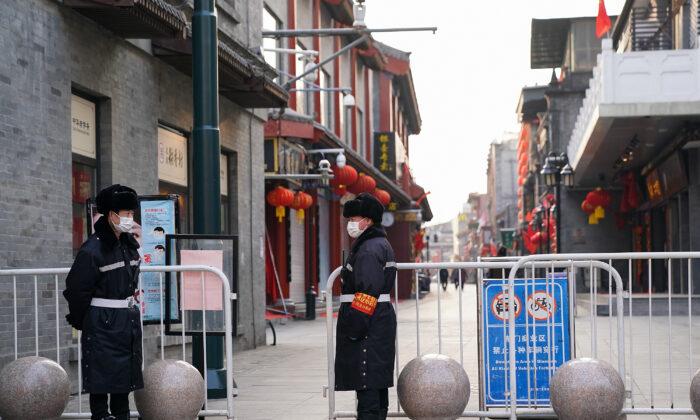News Analysis
China claims to have the world’s largest grain reserves, equal to about 45 percent of annual consumption, although the nation’s top agricultural scientist is calling the figure “phony.”
Food security has been a cornerstone of China’s socio-economic stability, as the country is home to 19 percent of the world’s population, but possesses just 7 percent of the world’s arable land. The size and quality of grain reserves are so sensitive to the Chinese Communist Party (CCP) that Premier Li Keqiang required the State Food and Reserve Bureau to set up a “secrecy review system” staffed by personnel whose chief qualification is “political quality.”
The grain bureau reported on March 7 that there are a total of 5,388 state-owned emergency processing enterprises, and 4,264 have been started.
No official data about grain reserves have ever been released, but one expert predicted that by the end of 2015, the total reserves of grain would reach 300 million tons, according to Chinese media Caixin.
The Ministry of Agriculture said the country consumed about 650 million tons of grain in 2014, meaning the ratio between inventory and consumption is about 45 percent, compared to the 17 to 18 percent safety line set by the U.N. Food and Agriculture Organization (FAO).
But with the processing centers paying around 75 yuan (about $11) per ton of stored grain, agronomist Yuan Longping, dubbed the “father of hybrid rice,” has argued that being paid by the volume has caused “reporting phony figures of stocks to get subsidies.”
China needs higher reserves than the FAO standard. A 2019 analysis published in China’s MDPI journal titled, “Impact of Climate on Food Security in the Mainland,” estimated that natural disasters over the past 40 years had reduced annual food production by at least 15 percent. But the study also warned that natural disasters, including very large flood periods over the past 200 years, resulted in a more than 70 percent crop loss.
China’s annual monsoon rain and flood season tend to peak during July and August, but the current year saw 31 consecutive days of rain through July 2. More than 433 rivers overflowed, in the worst flooding the country has seen since 1940. The Three Gorges Dam, the world’s largest hydroelectric dam with a 5 trillion gallon reservoir capacity, was forced to open all its flood gates and send 28 acre-feet of water per second careening downstream.
About 45.2 million Chinese have been affected by floods that have ravaged 27 provinces along the Yangtze River, Huai River, and Yellow River. The China Meteorological Administration issued a “No. 1 Flood“ warning as southern China was hit with a record 16.8 inches of rainfall in a 30-hour period beginning on July 4. And August is usually the rainiest month.
With the price of corn up 27 percent, to a five-year high of 2,306 yuan ($329) per metric ton, the U.S. Department of Agriculture reported that China bought 1,365 million metric tons of U.S. corn on July 10. The large transaction was followed on July 14 with a single-day record corn purchase of 1.762 million metric tons of corn on July 14.
Reuters reported on July 21 that the State Food and Reserve Bureau is selling 10 million metric tons of rice at the hugely discounted price of about 1,000 yuan a metric ton. Discount sales in such massive volumes from the national reserve may be an effort to lower futures market prices, commodity traders say.
